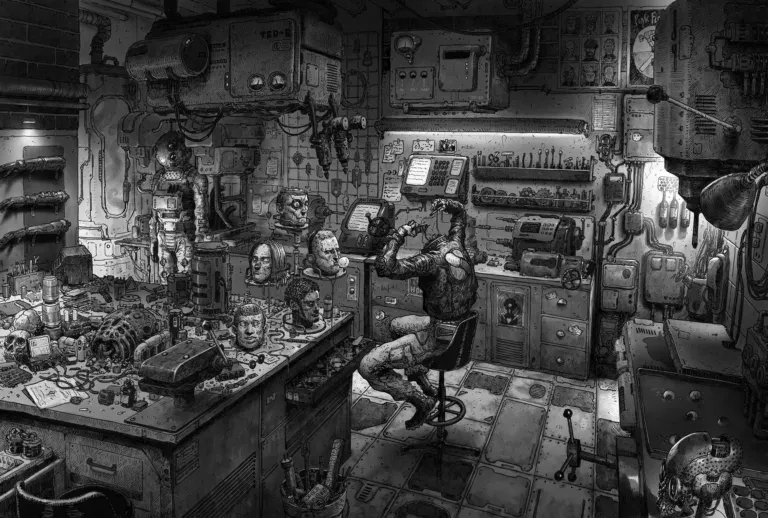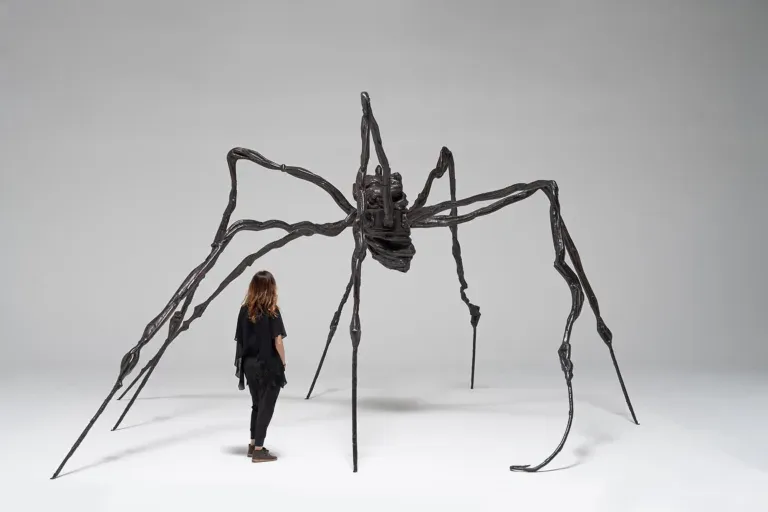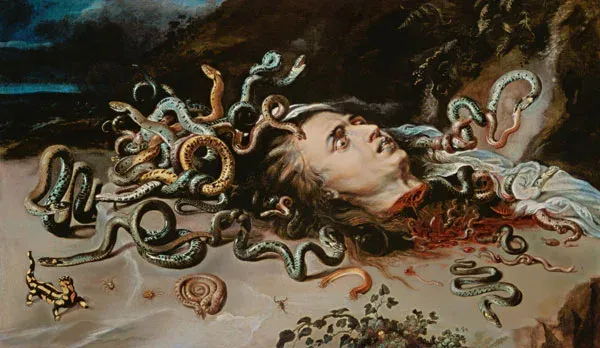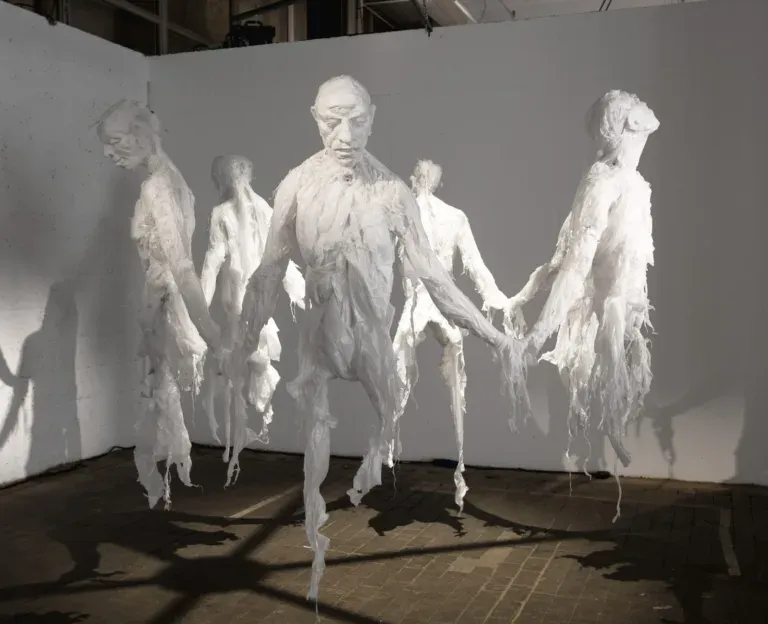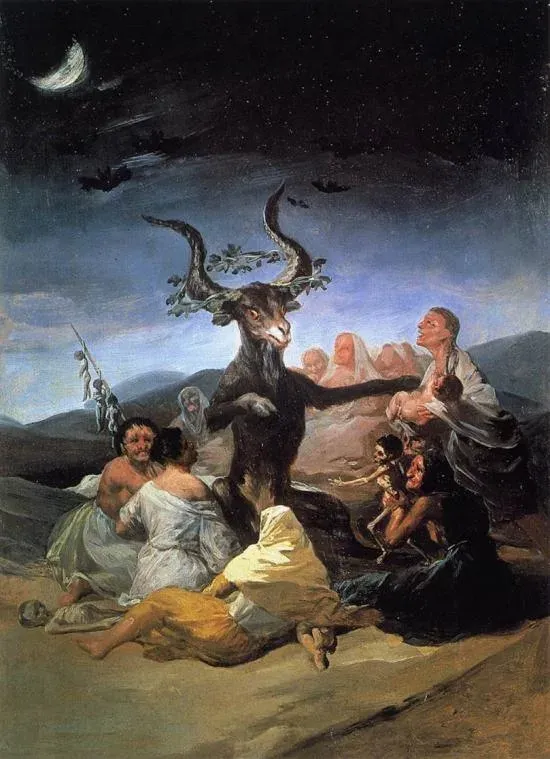The Black Paintings of Francisco Goya
The Black Paintings of Francisco Goya is one of the most famous and influential artists in art history, known not only for his realistic portraits and detailed engravings but also for his darker and more terrifying works known as the “Black Paintings” (Pinturas Negras). Among these, Goya’s horror paintings represent a radical shift in how art could explore themes of anguish, fear, and darkness. This post will explore the context, characteristics, and impact of Goya’s horror paintings.
 Historical and Biographical Context
Historical and Biographical Context
Francisco Goya, born in 1746 in Spain, lived in a turbulent period characterized by wars, plagues, and radical political changes. His career began with portraits and commissioned works that reflected aristocratic life, but his art underwent a significant transformation due to personal experiences and illnesses, including one that left him nearly completely deaf in 1792. These events, along with the horrific visions of the Spanish War of Independence against Napoleon, profoundly changed his worldview.
The Black Paintings
Towards the end of his life, Goya retired to a house on the outskirts of Madrid, known as the “Quinta del Sordo.” It was here that he created his famous Black Paintings between 1819 and 1823, a series of murals that were later transferred to canvas. These works are imbued with a sense of terror, desolation, and despair. Among the most famous of these paintings are “Saturn Devouring His Son,” “The Witches’ Sabbath,” and “Two Old Men Eating Soup.”
 Characteristics of Goya’s Horror Paintings
Characteristics of Goya’s Horror Paintings
Goya’s Black Paintings are characterized by a predominant use of dark tones and distorted figures. These works depict scenes that seem to emerge directly from nightmares, with images of witches, monsters, and grotesque figures. The use of dark and earthy colors enhances the sinister and oppressive atmosphere of the compositions.
- Saturn Devouring His Son: This painting is one of the most famous and represents the Greek myth of Cronos (Saturn) who, fearing he would be overthrown by one of his children, devours them. The raw and violent depiction of Saturn tearing at the body of one of his sons is shocking and disturbing, reflecting themes of cannibalism, fear, and paranoia.
- The Witches’ Sabbath: This painting shows a black goat, a symbol of the devil, surrounded by witch women. The work evokes a sense of threat and malevolence, exploring themes of superstition and occultism that were prevalent in Spanish society at the time.
- Two Old Men Eating Soup: This painting depicts two elderly figures, one of whom is shown with a grotesquely deformed face. The scene, seemingly mundane, is rendered unsettling by the physical distortion and the overall atmosphere of decay and decline.
 Impact and Interpretations
Impact and Interpretations
Goya’s horror paintings have had a lasting impact on the art world. His works anticipate many themes and styles that would later be explored by modern and contemporary artists. The use of darkness, distortion, and the macabre in Goya influenced movements such as Romanticism, Surrealism, and even Expressionism.
Interpretations of the Black Paintings vary. Some critics view them as a reflection of Goya’s personal fears, while others interpret them as social and political commentaries on the turbulent period in which he lived. The images of violence and despair can be seen as metaphors for the human condition and the artist’s own inner struggles.
Conclusion
The Black Paintings of Francisco Goya represent one of the most fascinating and unsettling aspects of his work. The Black Paintings, with their raw and distorted representation of reality, continue to provoke interest and reflection, inviting us to explore the darkest boundaries of the human mind and the human condition. Through these works, Goya shows us that art can be a powerful means of confronting and representing our deepest and most unconfessed fears.
Don’t miss reading articles about other Horror Painters in our Top 10… who have explored the depths of human anguish and terror, creating works that continue to challenge and fascinate viewers. Their ability to evoke intense emotions through art has made them fundamental figures in the global art landscape.
 Subscribe to our YouTube channel
Subscribe to our YouTube channel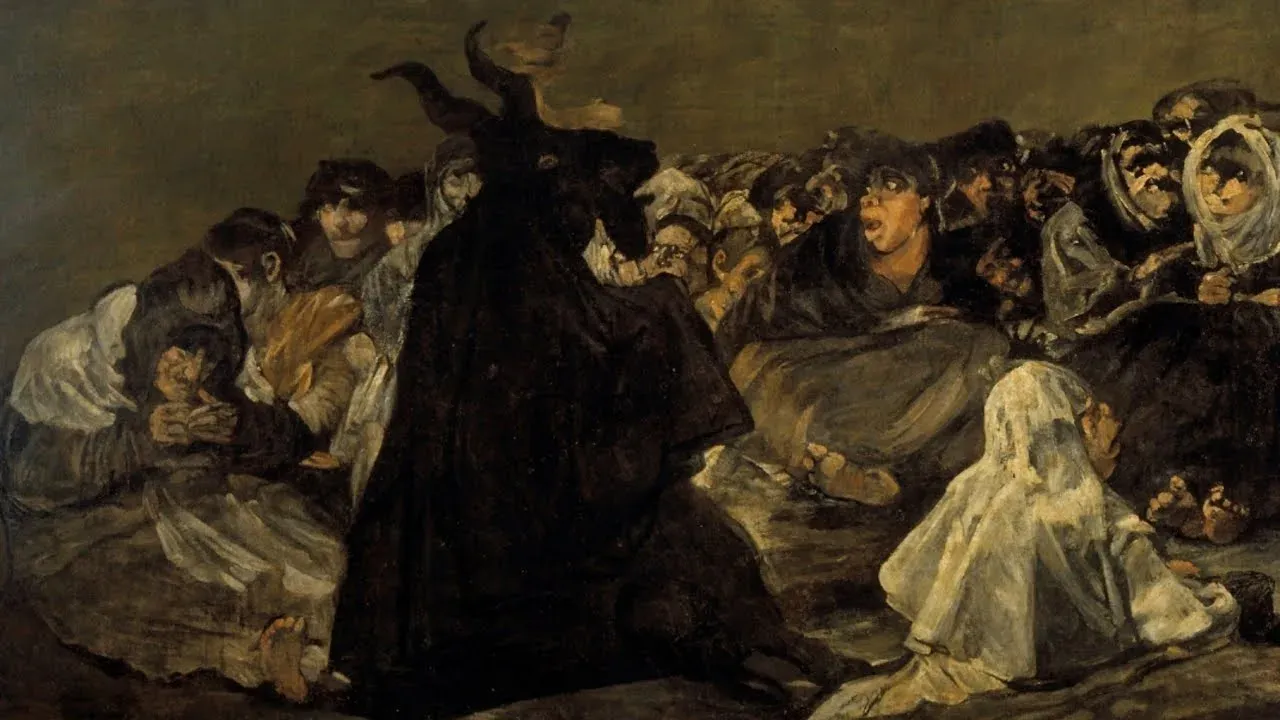
 Historical and Biographical Context
Historical and Biographical Context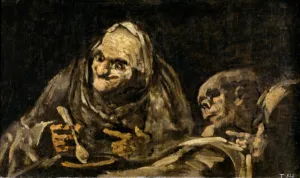 Characteristics of Goya’s Horror Paintings
Characteristics of Goya’s Horror Paintings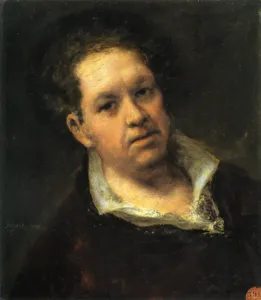 Impact and Interpretations
Impact and Interpretations